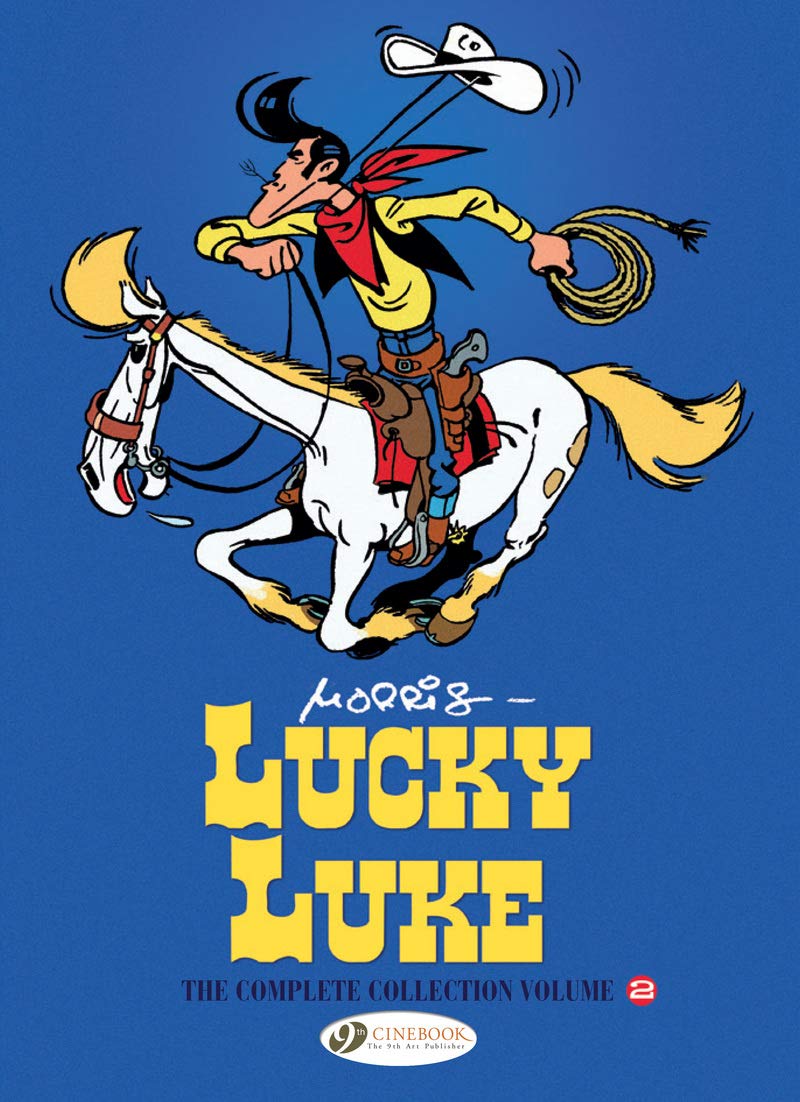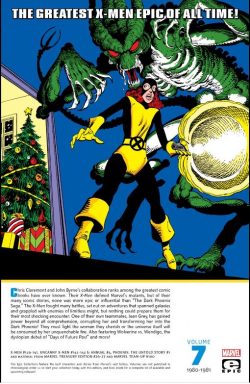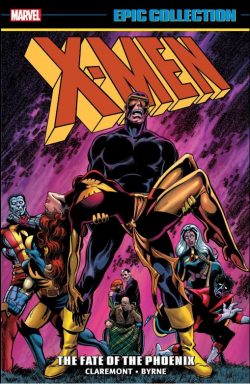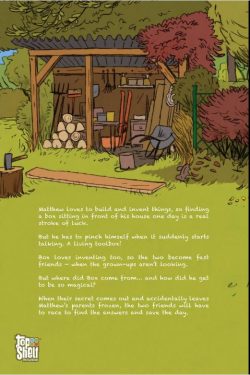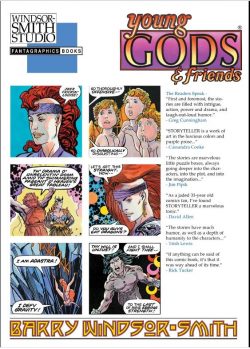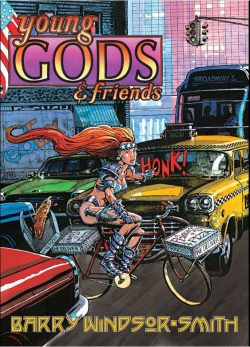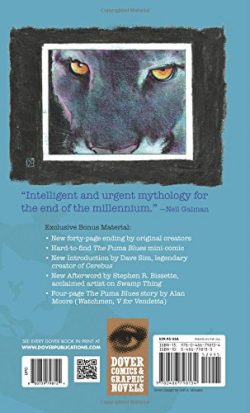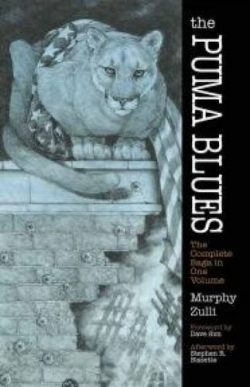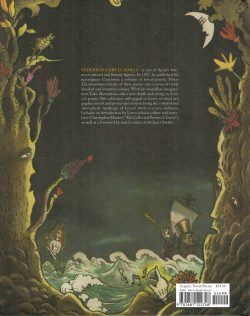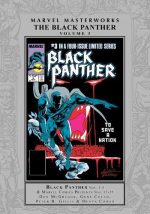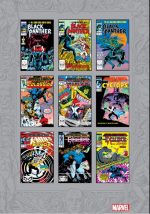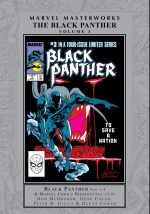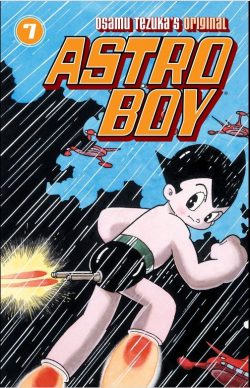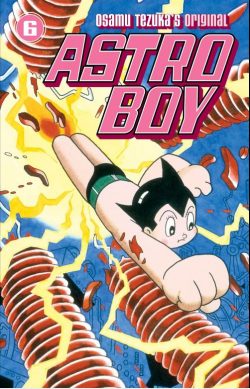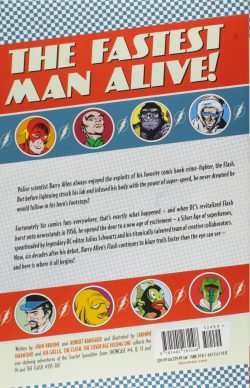
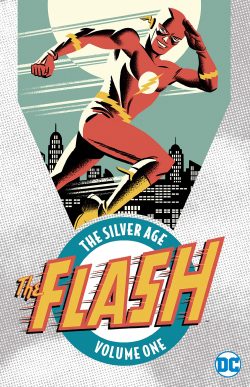
By John Broome, Robert Kanigher, Carmine Infantino & various (DC Comics)
ISBN: 978-1-4012-6110-8 (TPB)
The actual Silver Age of US comics is formally and forever tied to Showcase #4 and the rebirth of the Flash. The epochal issue was released in the late summer of 1956 and from it stems all today’s print, animation, games, collector cards, cos-play, TV and movie wonderment. Let’s all shout a hearty Happy 65th Anniversary to the entire modern comics phenomenon…
No matter which way you look at it, the Silver Age of American comic books began with The Flash, but it’s an unjust yet true fact that being first is not enough: it also helps to be best and people have to notice. MLJ’s The Shield beat Captain America to the news-stands by over a year yet the former is all but forgotten today.
America’s comic book industry had never really stopped trying to revive the superhero genre when Showcase #4 was released in 1956. Readers had already been blessed – but were left generally unruffled by – such tentative precursors as The Avenger (February-September 1955); Captain Flash (November 1954-July 1955) and a full revival of Marvel’s 1940s “Big Three†– the Human Torch, Sub-Mariner and aforementioned Captain America from December 1953 to October 1955. Both DC’s own Captain Comet (December 1953-October 1955) and Manhunter from Mars (November 1955 until the end of the 1960’s and almost the end of superheroes again!) had come and been barely noticed. What made the new Fastest Man Alive stand out and stick was … well, everything!
Once DC’s powers-that-be decided to seriously try superheroes once more, they moved pretty fast themselves. Editor Julie Schwartz asked office partner, fellow editor and Golden-Age Flash scripter Robert Kanigher to recreate a speedster for the Space Age: aided and abetted by Carmine Infantino & Joe Kubert, who had also worked on the previous incarnation.
The new Flash was Barry Allen, a forensic scientist simultaneously struck by lightning and bathed in exploding chemicals from his lab. Supercharged by the accident, Barry took his superhero identity from a comic book featuring his notional predecessor (a scientist named Jay Garrick who was exposed to the mutagenic fumes of “Hard Waterâ€).
Designing a sleek, streamlined bodysuit (courtesy of Infantino – a major talent rapidly approaching his artistic and creative peak), Barry Allen became point man for the spectacular revival of a genre and an entire industry.
This splendid trade paperback and digital compilation superbly compliments Infantino’s talents and the tone of the period. These stories have been gathered many times but still offers punch, clarity and the ineffably comforting yet thrilling tone of those now-distant times. Conversely, you might be as old as me and it was only the day before yesterday…
This is what a big book of comics ought to feel like in your eager, sweaty hands.
Collecting all four try-out issues (Showcase #4, 8, 13 and 14) – and the first dozen issues of his own title (The Flash volume 1 #105-116, spanning October 1956 to November 1960) the high-speed thrills begin with Showcase #4’s ‘Mystery of the Human Thunderbolt!’
Scripted by Kanigher, it sees Barry endure his electrical metamorphosis and promptly go on to subdue bizarre criminal mastermind and “Slowest Man Alive†Turtle Man, after which ‘The Man Who Broke the Time Barrier!’ – scripted by the brilliant John Broome – finds the newly-minted Scarlet Speedster batting a criminal from the future before returning penal exile Mazdan to his own century, proving the new Flash was a protagonist of keen insight and sharp wits as well as overwhelming power.
These are all slickly polished, coolly sophisticated short stories introducing the comfortingly ordinary, suburbanite superhero and firmly establishing the broad parameters of his universe. Showcase #8 (June 1957) opens with another Kanigher tale. ‘The Secret of the Empty Box’ is a perplexing if pedestrian mystery, with veteran Frank Giacoia returning as inker, but the real landmark is Broome’s thriller ‘The Coldest Man on Earth’.
With this yarn the author confirmed and consolidated the new costumed character reality by introducing the first of a Rogues Gallery of outlandish super-villains. Unlike the Golden Age, modern superheroes would face predominantly costumed foes rather than thugs and spies. Bad guys would henceforth be as memorable as the champions of justice.
Captain Cold would return time and again and Broome would go on to create every single member of Flash’s pantheon of classic super-foes.
Joe Giella inked both adventures in Showcase #13 (April 1958). Kanigher’s ‘Around the World in 80 Minutes’ displayed Flash’s versatility as he tackles atomic terrorists, battles Arabian bandits, counters an avalanche on Mount Everest and scuttles submarine pirates in the specified time slot. Broome’s ‘Master of the Elements’ then premiers outlandish Mr. Element, who utilises the periodic table as his formidable, innovative arsenal…
Showcase #14 (June 1958) opens with Kanigher’s eerie ‘Giants of the Time-World!’: a masterful fantasy thriller and a worthy effort to bow out on as Flash and girlfriend Iris West encounter extra-dimensional invaders with the strangest life-cycle imaginable.
The issue closed with a return engagement for Mr. Element, sporting a new M.O. and identity: Doctor Alchemy. ‘The Man Who Changed the Earth!’ is a classic crime-caper with serious psychological underpinnings as Flash struggles to overcome the villain’s latest weapon: mystic transmutational talisman the Philosopher’s Stone…
When the Scarlet Speedster graduated to his own title, Broome became lead writer, supplemented by Gardner Fox. Kanigher would return briefly in the mid-1960s and later write a number of tales during DC’s ‘Relevancy’ period. Taking its own sweet time, The Flash #105 launched with a February-March 1959 cover-date (so it was out for Christmas 1958) and opened with Broome, Infantino & Giella’s sci-fi chiller ‘Conqueror From 8 Million B.C.!’ before introducing yet another money-mad super-villain in ‘The Master of Mirrors!’
Issue #106 premiered one of the most charismatic and memorable baddies in comics history. Gorilla Grodd and his hidden race of telepathic super-simians instantly captured fan attention in ‘Menace of the Super-Gorilla!’ and even after Flash soundly thrashed the hairy hooligan, Grodd promptly returned in the next two issues.
Presumably this early confidence was fuelled by DC’s inexplicable but commercially sound pro-Gorilla editorial stance (in those far-ago days for some reason any comic with a substantial simian in it spectacularly outsold those that didn’t) but these tales are also packed with tension, action and challenging fantasy concepts. By way of encore here is ‘The Pied Piper of Peril!’: a mesmerising musical criminal mastermind, stealing for fun and attention rather than profit…
Issue #107 led with the ‘Return of the Super-Gorilla!’ by regular team Broome, Infantino & Giella: a multi-layered fantasy taking our hero from the African (invisible) city of the Super-Gorillas to the subterranean citadel of antediluvian Ornitho-Men, before closing with ‘The Amazing Race Against Time’, featuring an amnesiac who could outrun the Fastest Man Alive in a desperate collaborative dash to save all of creation from obliteration. With every issue the stakes got higher whilst the dramatic quality and narrative ingenuity got better!
Frank Giacoia inked #108’s high-tech death-trap thriller ‘The Speed of Doom!’ with trans-dimensional raiders stealing fulgurites (look it up, if you want) but Giella was back for ‘The Super-Gorilla’s Secret Identity!’ wherein Grodd devises a scheme to outwit evolution itself by turning himself into a human…
The next issue saw ‘The Return of the Mirror-Master’ with the first in a series of bizarre physical transformations that would increasingly become a signature device for Flash stories, whilst the contemporary Space Race provided an evocative maguffin for a fantastic undersea adventure in the ‘Secret of the Sunken Satellite’. Here Flash encountered an unsuspected sub-sea race on the edge of extinction whilst enquiring after the impossible survival of an astronaut trapped at the bottom of the sea.
The Flash #110 was a major landmark, not so much for the debut of another worthy addition to the burgeoning Rogues Gallery in ‘The Challenge of the Weather Wizard’ (inked by Schwartz’s incredibly versatile artistic top-gun Murphy Anderson) but rather for the introduction of Wally West, who in a bizarre and suspicious replay of the lightning strike that created the Vizier of Velocity became a junior version of the Fastest Man Alive.
Inked by Giella, ‘Meet Kid Flash!’ introduced the first teenaged sidekick of the Silver Age (cover dated December 1959-January 1960 and just pipping Aqualad who premiered in Adventure Comics #269 with a February off-sale date).
Not only would Kid Flash begin his own series of back-up tales from the very next issue (a sure sign of the confidence the creators had in the character) but he would eventually inherit the mantle of the Flash himself – one of the few occasions in comics where such torch-passing actually stuck.
Anderson inked #111’s ‘The Invasion of the Cloud Creatures’ which successfully overcomes its frankly daft premise to deliver a taut, tense sci-fi thriller nicely counterpointing the first solo outing for Kid Flash in ‘The Challenge of the Crimson Crows!’
This folksy parable has small-town kid Wally use his new powers to rescue a gang of kids on the slippery slope to juvenile delinquency. Perhaps a tad paternalistic and heavy-handed by today’s standards, in the opening months of 1960 this was a strip about a boy heroically dealing with a kid’s real dilemmas. This occasional series would concentrate on such human-scaled problems, leaving super-menaces and world-saving for team-ups with his mentor.
Flash #112 – ‘The Mystery of the Elongated Man’ – introduced an intriguing super-stretchable newcomer to the DC universe, who might have been hero or villain in a beguiling tantaliser, after which Wally tackled juvenile Go-Karters and corrupt school contractors in the surprisingly gripping ‘Danger on Wheels!’
Mercurial maniac The Trickster launched his crime career in #113’s lead tale ‘Danger in the Air!’ and the second-generation speedster took a break so that his senior partner could defeat ‘The Man Who Claimed the Earth!’: a full-on cosmic epic wherein ancient alien Po-Siden attempts to bring the lost colony of Earth back into the galaxy-spanning Empire of Zus.
Captain Cold and Murphy Anderson returned for ‘The Big Freeze’, where the smitten villain turns Central City into a glacier just to impress Barry’s girlfriend Iris. Meanwhile, her nephew Wally saves a boy unjustly accused of cheating from a life of crime when the despondent student falls under the influence of the ‘King of the Beatniks!’
Flash #115 offered another bizarre transformation, courtesy of Gorilla Grodd in ‘The Day Flash Weighed 1000 Pounds!’, and when aliens attempt to conquer Earth, the slimmed-down champion needs ‘The Elongated Man’s Secret Weapon’ as well as the guest-star himself to save the day. Once again Anderson’s inking gave over-taxed Joe Giella a breather whilst taking art-lovers’ breath away in this beautiful, fast-paced thriller.
This gloriously satisfying volume concludes with Flash #116 as ‘The Man Who Stole Central City’ sees a seemingly fool-proof way to kill the valiant hero, which takes both time-tinkering and serious outwitting to avoid, whilst Kid Flash returns in ‘The Race to Thunder Hill’: a father-son tale of rally driving, but with car-stealing bandits and a young love interest for Wally to complicate the proceedings.
These earliest tales were historically vital to the development of our industry but, quite frankly, so what? The first exploits of The Flash should be judged solely on merit, and on those terms they are punchy, awe-inspiring, beautifully illustrated and captivating thrillers that amuse, amaze and enthral both new readers and old devotees. This lovely collection is a must-read item for anybody in love with our art-form and especially for anyone just now encountering the hero for the first time through his TV incarnation.
© 1956, 1957, 1958, 1959, 1960, 2016 DC Comics. All Rights Reserved.

